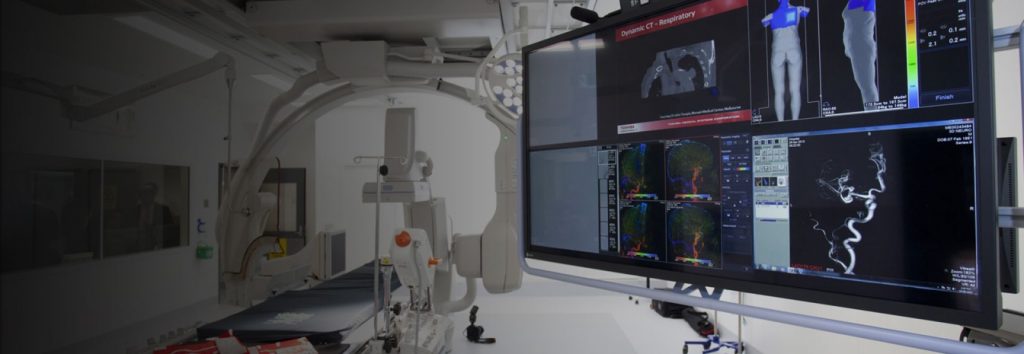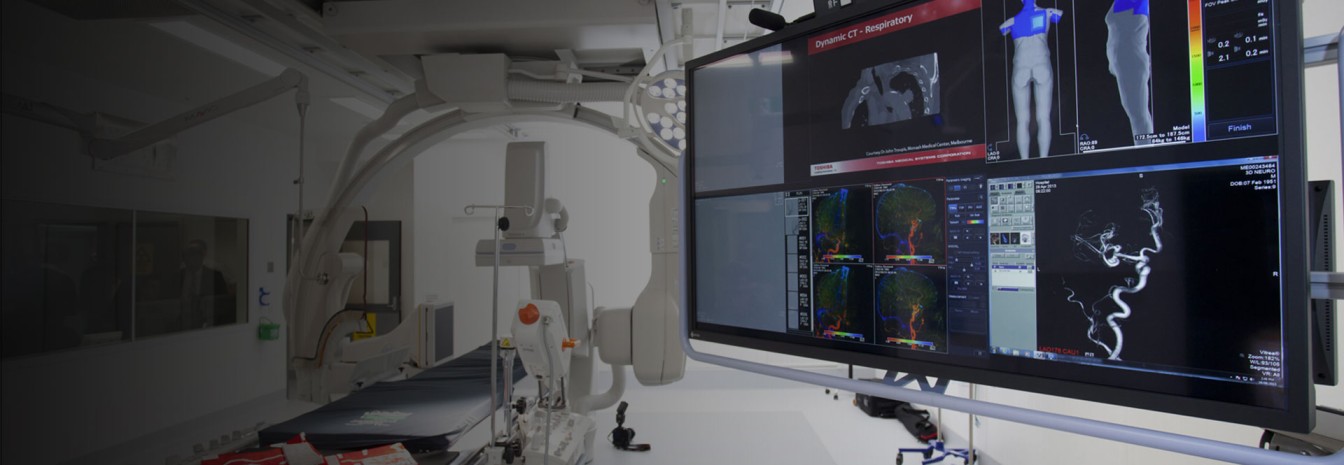
***Introduction:
Radiologists play a crucial role in modern healthcare by interpreting medical images to diagnose and guide patient treatment. To enhance diagnostic accuracy, reduce malpractice risk, and provide the highest level of patient care, radiologists employ search patterns in their image interpretation processes. In this article, we’ll delve into the significance of search patterns in radiology, how they help mitigate malpractice risks, and provide insights into effectively incorporating them into practice.
***Understanding Search Patterns in Radiology:
Search patterns are systematic, methodical approaches that radiologists use when analyzing medical images. These patterns help radiologists comprehensively assess images and identify abnormalities. Several key search patterns include:
- Anatomic Approach: Radiologists systematically examine anatomical structures and landmarks within the image to ensure nothing is overlooked.
- Lesion-Based Approach: Radiologists focus on specific known or suspected lesions, evaluating their size, shape, and characteristics to arrive at a diagnosis.
- Comparison Approach: When multiple imaging studies are available for the same patient, radiologists compare current images to previous ones to detect changes and disease progression.
***How Search Patterns Minimize Radiology Errors:
- Consistency: Search patterns offer a standardized and consistent approach to image interpretation, reducing the risk of overlooking critical findings.
- Thoroughness: Radiologists are less likely to miss important abnormalities when they follow a systematic approach, ensuring comprehensive analysis.
- Precision: Search patterns facilitate accurate diagnoses by guiding radiologists through a structured evaluation of the image.
- Mitigating Cognitive Biases: Search patterns can help counter cognitive biases, such as confirmation bias or premature closure, which can lead to diagnostic errors.
***Reducing Malpractice Risk with Search Patterns:
- Documentation: Using search patterns encourages radiologists to document their systematic approach, which can serve as evidence of diligent care in the event of malpractice claims.
- Minimizing Errors: Search patterns help radiologists reduce diagnostic errors, a common factor in malpractice cases, thus lowering the risk of litigation.
- Enhancing Communication: Standardized search patterns improve communication with referring physicians, ensuring a clear understanding of findings and contributing to legal defensibility.
***Incorporating Search Patterns Effectively:
- Education and Training: Radiologists should receive comprehensive training in search patterns and continuously update their skills to remain current with best practices.
- Practice and Consistency: Regularly applying search patterns in clinical practice helps radiologists internalize the systematic approach and improve diagnostic accuracy.
- Collaboration: Collaborating with colleagues and seeking second opinions can enhance the effectiveness of search patterns and contribute to more accurate diagnoses.
***Conclusion:
Search patterns are invaluable tools in radiology that reduce errors, enhance diagnostic accuracy, and minimize malpractice risk. Radiologists who adopt and practice these patterns provide better patient care and strengthen their legal defensibility in potential malpractice claims. Proper training, consistent application, and collaboration with colleagues are key to successfully integrating search patterns into radiology practice, ultimately improving patient outcomes and reducing malpractice risk.
Service Areas:- Ernakulam – Kunnathunad, Aluva, Paravur, Kochi, Kanayannur, Muvattupuzha, Kothamangalam; Kannur – Taliparamba, Kannur, Thalassery; Kollam – Karunagappally, Kunnathur, Pathanapuram, Kottarakkara, Kollam; Kozhikode – Vadakara, Quilandy, Kozhikode; Palakkad – Ottappalam, Mannarkad, Palakkad, Chittur, Alathur; Thiruvananthapuram – Chirayinkeezhu, Nedumangad, Thiruvananthapuram, Neyyattinkara; Wayanad.
